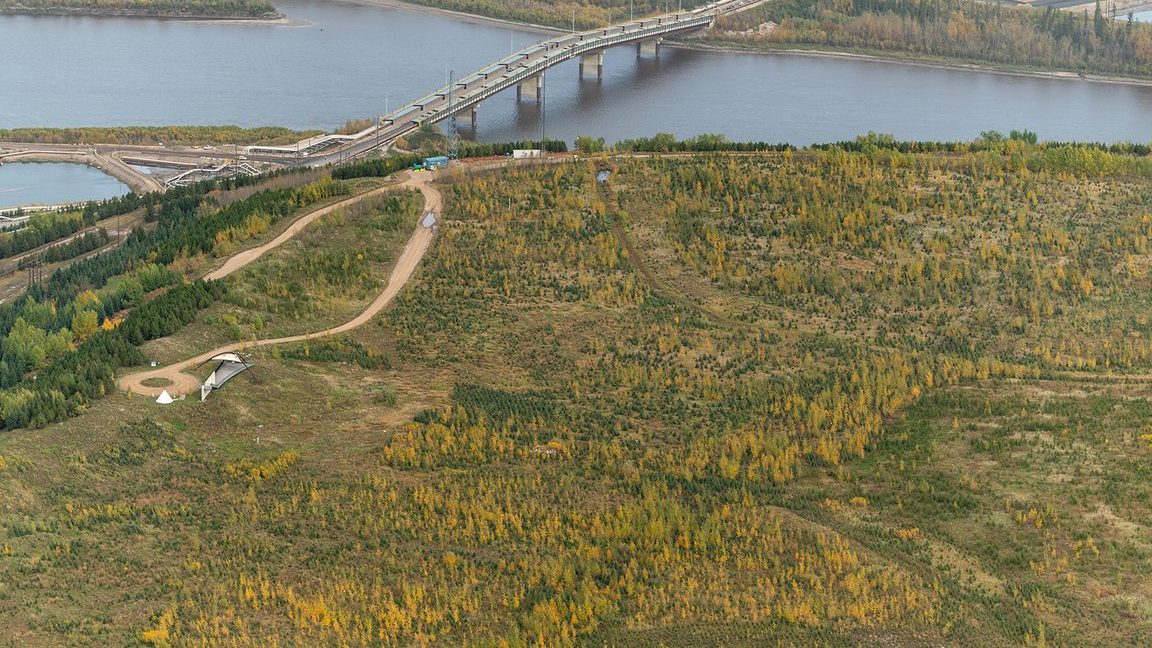
Environmental Defence has published an advertisement in the Montreal Gazette that misleads Canadians about oil sands tailings.
What the activist group ignores is the demonstrated progress the industry is making to address this challenge.
Here are the facts.
Fact: Oil sands producers are leaders in tailings management
Tailings are a byproduct of mining operations around the world. According to the Mining Association of Canada, they consist of the processed rock or soil left over from the separation of the commodities of value from the rock or soil within which they occur.
In the oil sands, tailings are a mixture of sand, silt, clay, water and residual bitumen produced in the mining extraction process.
Oil sands producers are addressing the challenge to reduce tailings through technology R&D, investing more than $50 million on tailings research each year through Canada’s Oil Sands Innovation Alliance.
Collectively, companies have invested more than $10 billion in solutions for tailings reduction, according to BMO Capital Markets.
Fact: New technologies are making a difference
Thanks to new technologies, oil sands producers are now reducing the volume of “legacy tailings,” or tailings put in storage before 2015.
Since 2015, the sector has removed more than 270 million cubic metres of legacy tailings from the environment, or a reduction of 24 per cent.
All six mining projects that have legacy tailings present reduced those volumes in 2021, according to performance reports published by the Alberta Energy Regulator.
Tailings management technologies include centrifuge facilities, CO2 injection, the addition of polymers, coagulants and thickeners, and water capping.
Fact: Suncor is now reducing total tailings
Suncor Energy’s Base Plant leads oil sands tailings reduction efforts, having removed approximately 190 million cubic meters of legacy tailings since 2016.
The work is so successful that total tailings – not just legacy tailings – at the facility are going down.
Suncor reduced total tailings at its Base Plant by 15 per cent between 2015 and 2021, removing nearly 50 million cubic metres of tailings from the environment.
“Total inventories are shrinking, and we are ahead of regulatory requirements,” the company said in its 2021 Sustainability Report.
“Over the last 10 years, one pond has been surface reclaimed and two more are advancing to closure; one of those ponds is currently being drained and we anticipate it being removed from the landscape this decade.”
Fact: Tailings are being reclaimed
In 2010, Suncor reclaimed the first oil sands tailings pond to a solid surface. Wapisiw Lookout, as it is now known, is 220 hectares that includes a developing mixed wood forest, streams, and a small marsh wetland.
Meanwhile, Canadian Natural Resources reports that its three oil sands mines have reclaimed a total of 1,100 hectares of tailings facilities, creating natural features like stream, wetlands, and upland forest areas.
And Imperial reports that more than 80 per cent of its oil sands tailings inventory is now in its final resting place and on the trajectory for full reclamation.
Fact: Technology has significantly slowed the growth of new tailings
While companies work to reduce legacy tailings and reclaim tailings ponds, they are also creating less new tailings while producing more oil.
In 2021, despite oil sands mining production reaching a record 1.59 million barrels per day, total oil sands tailings increased by 11.7 million cubic meters – the lowest amount of growth in the last five years, according to the AER.
For comparison, in 2016 oil sands mining production averaged 1.1 million barrels per day, and total tailings grew by a substantially larger 59.6 million cubic meters.
The unaltered reproduction of this content is free of charge with attribution to Canadian Energy Centre Ltd.